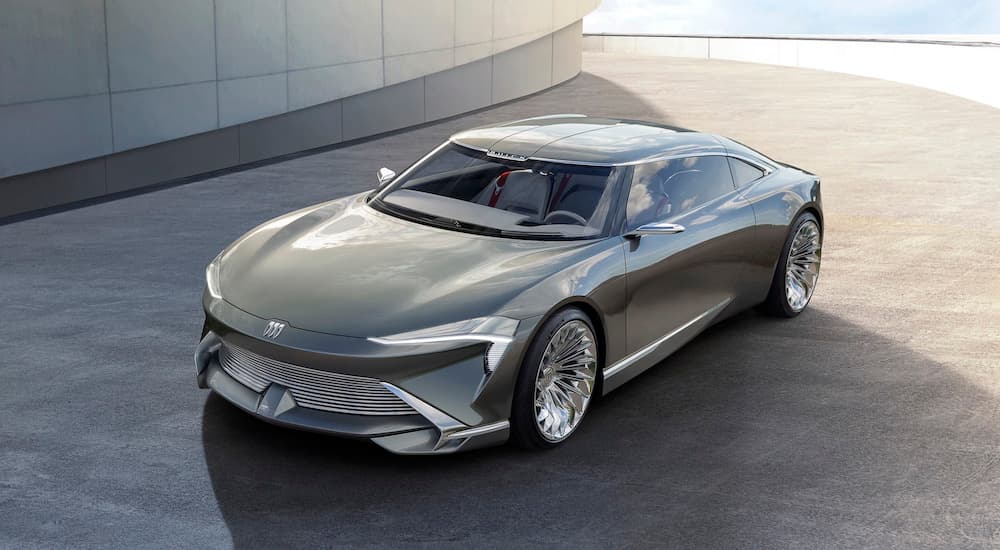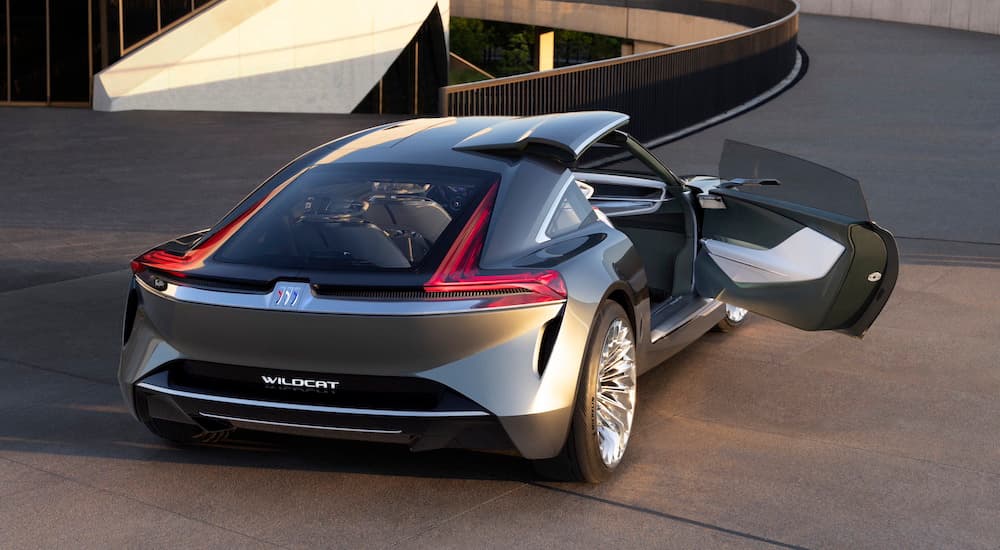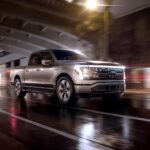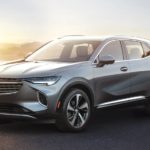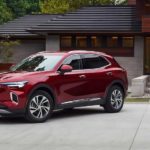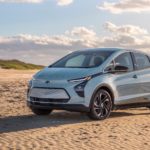Buick recently announced that by 2030, it plans on having an all-electric lineup. That milestone is approaching rapidly and might surprise some drivers. However, trends in American public opinion and policymakers’ actions indicate that Buick is probably headed in the right direction. If you’re planning on visiting a Buick dealer soon, you might see the last of a dying generation of gas vehicles. Love it or hate it, this sophisticated manufacturer is ditching the pump for good. If you want to get one of its internal combustion vehicles, your window to do so is shrinking. If you were hoping the name you love would move toward EV models, then you’re in luck because the first Buick EV will be out in 2024.
To demonstrate just how serious Buick is about its transition, it has invested billions of dollars into developing EV technology. In fact, it has set aside $35 billion for developing its EVs and self-driving vehicles between 2020 and 2025. Here’s a look at Buick’s first EV concept and the electric future of the brand.
A Peek at the Ferocious Wildcat
Buick introduced the concept vehicle that will guide its electric vision in 2022. Called the “Wildcat” in a nod to Buick’s classic muscle car, this two-door coupe boasts futuristic and sleek design elements that make it look like the automotive version of its namesake feline, ready to pounce on prey and race through the wild.
The Wildcat features a windshield that is entirely uninterrupted all the way back to the small rear windows. This creates an almost spaceship-like view from the inside, without a single panel obstructing the stunning glass. It has an ultra-low and wide stance and aerodynamic details to improve its battery efficiency. On the outside of the Wildcat, drivers will see the all-new Buick badge featuring the revised tri-shield logo mounted on the front fascia. The headlamps offer a personalized wakeup animation created by micro LED lighting technology.
Moving inside the Wildcat, drivers will find several floating elements like armrests and headrests that create a remarkably airy feeling. The cabin boasts cockpit seats for an energized driver and passenger experience. One of the most exciting features of the Wildcat––that Buick officials say will be found across their EV lineup––is the advanced artificial intelligence. The vehicle will actually get to know you and begin making suggestions based on your habits. These will include recommendations for infotainment, vehicle functions, and comfort. It will even have a “Zen” mode that will automatically adjust the temperature, lighting, and audio settings for a serene cabin feel.
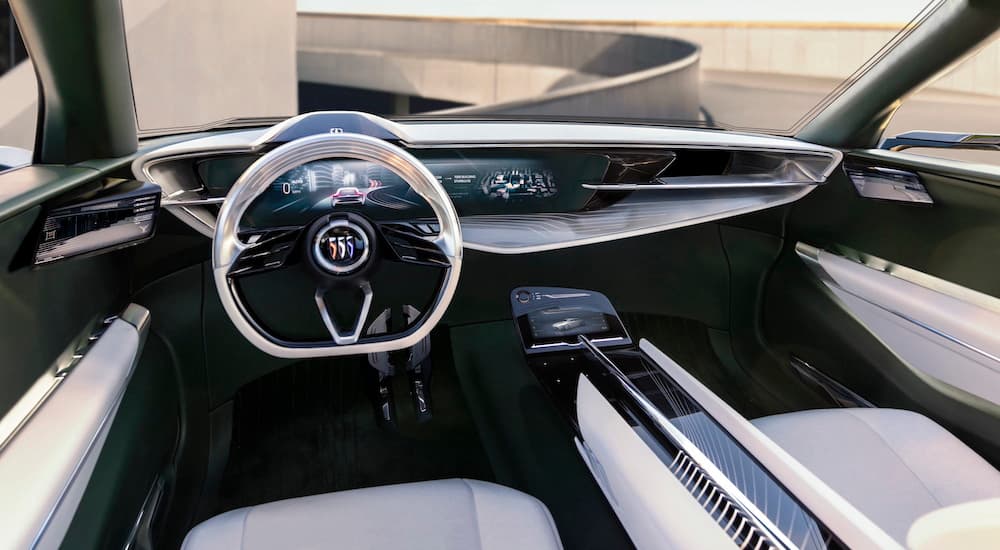
Why Buick Is Smart to Go All EV
Buick is ahead of the competition with its plans to be an all-electric brand so soon. Several surveys and polls checking opinions around EVs have shown that drivers have made a quick pivot in favor of these vehicles. One poll found that 52 percent of global car buyers now want an EV for their next vehicle––that’s a 22 percent increase in just two years. To put that another way, going from 31 percent to 53 percent represents a near doubling of people ready to go EV. Plus, as many as 88 percent of drivers say they’re willing to pay more for an EV, so buyers are serious about their commitment to leaving gas in the past.
Why People Are Switching to EVs
The popularity of EVs has grown rapidly, but what’s behind the change of heart? Several factors, it turns out. Many drivers who want electric vehicles are concerned with the environment. The truth is that 29 percent of American greenhouse emissions come from transportation. That means gas-powered cars are one of the leading causes of global warming. Then there’s the volatility of the fuel market. With the recent Russia-Ukraine war, drivers are recognizing how rapidly world events can send fuel prices skyrocketing. And nobody wants to be a victim of those fluctuations.
Previously, many drivers refrained from switching to an EV because they worried about the vehicles’ range issues. Admittedly, some early EVs had famously poor freeway ranges and long charging times, which were just not suitable for drivers with regular long commutes. Nobody wants to pull over to charge up several times a day or, worse, get stranded with a dead battery. But, EV range and charging have improved massively, making these vehicles a viable option for most drivers.
Policymakers are also making large pushes to support EV infrastructure, too. Biden set aside a hefty $5 billion over the next five years to build more EV charging stations across the United States. Further, future Buick electric vehicles will adopt the Tesla charging standard, gaining access to the largest and most reliable fast charging network in America. Drivers can buy an EV with the confidence that they won’t struggle to find places to power up.
Who Wants EVs?
Now for the million-dollar question: who is actually excited about EVs? Because it’s not exactly every demographic. Not surprisingly, young people are rallying the hardest behind EVs. The 18 to 29 age group is the most excited about EVs. Drivers ages 30 to 49 are next up when it comes to the group that’s eager to kiss gas goodbye. However, what might surprise many is that roughly equal numbers of suburban and urban dwellers want EVs.
Zoom out, and it does make sense. EVs tend to get great fuel economy in city environments, with regenerative braking to charge the battery in stop-and-go traffic. As for suburban environments, EVs put out zero tailpipe emissions, so they can help contribute to one thing many people love about the suburbs: the clean air. Whether you live in the suburbs or the city, everybody can appreciate the perks of never having to pull over for gas again.
The Surprising Holdouts
The people have spoken, and many are ready to buy EVs. However, you might be surprised to find who is giving some pushback: dealerships. Currently, Buick has around 2,000 franchised dealerships across the United States, and reports show that not all are ready to make the switch to supporting EVs with the brand. But Buick is serious about having every dealership that wears the Buick name carrying all EVs. That’s why the brand is offering dealerships that don’t want in on the electric future a buyout.
The reality for some dealerships is that they don’t sit in a location where EVs will be as popular as they will be in other parts of the country. Plus, there are many expenses involved in transitioning a dealership to support electric models. That creates a dilemma for dealerships feeling the heat to only carry Buick EVs. The exact buyout figure hasn’t been disclosed. However, GM offered buyouts like these to Cadillac dealers in 2020 to the tune of $300,000 to $1 million, so one might safely assume these Buick buyouts will be comparable.
Plug in to the Future of Buick
Buick is getting with the times and following buyer trends. It is recognizing that there are now many reasons people want to buy EVs and that more people who never thought they’d make the switch are starting to change their minds. To have a full EV lineup by 2030 is ambitious, but it’s clear that Buick is doing everything it can to meet that milestone.
The Wildcat concept is certainly a show-stopping way to introduce buyers to what’s in store for Buick EVs. It’s stunning, futuristic, and intelligent––which have always been characteristics of the Buick brand. It will be interesting to see what other EVs Buick has in store for its customers and how many dealerships will choose to sell electric vehicles or take the buyout. For now, if you want a gas-engine Buick, you better act fast, as they’re soon to be extinct.
